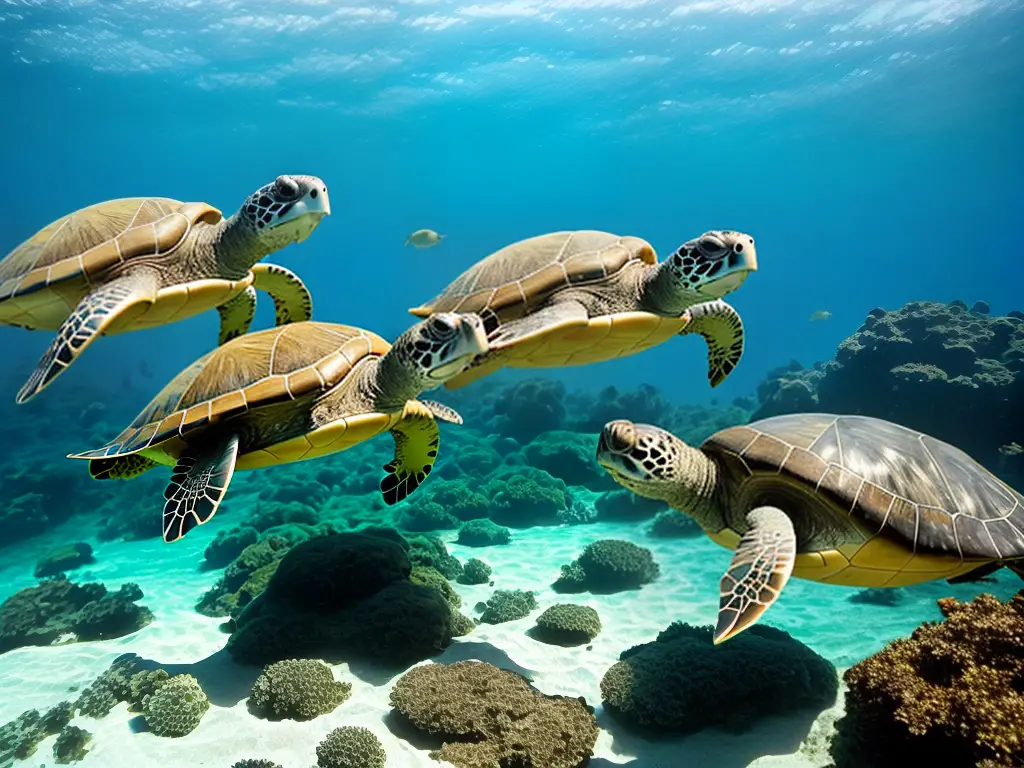Introduction to Turtle Swim Patterns
Turtles are one of the oldest and most unique species of reptiles. They are known for their distinctive shells, longevity, and their impressive ability to swim through the marine environment. This article will dive into the captivating world of turtle swim patterns, exploring their techniques, behaviour, and the fascinating reasons behind these patterns.
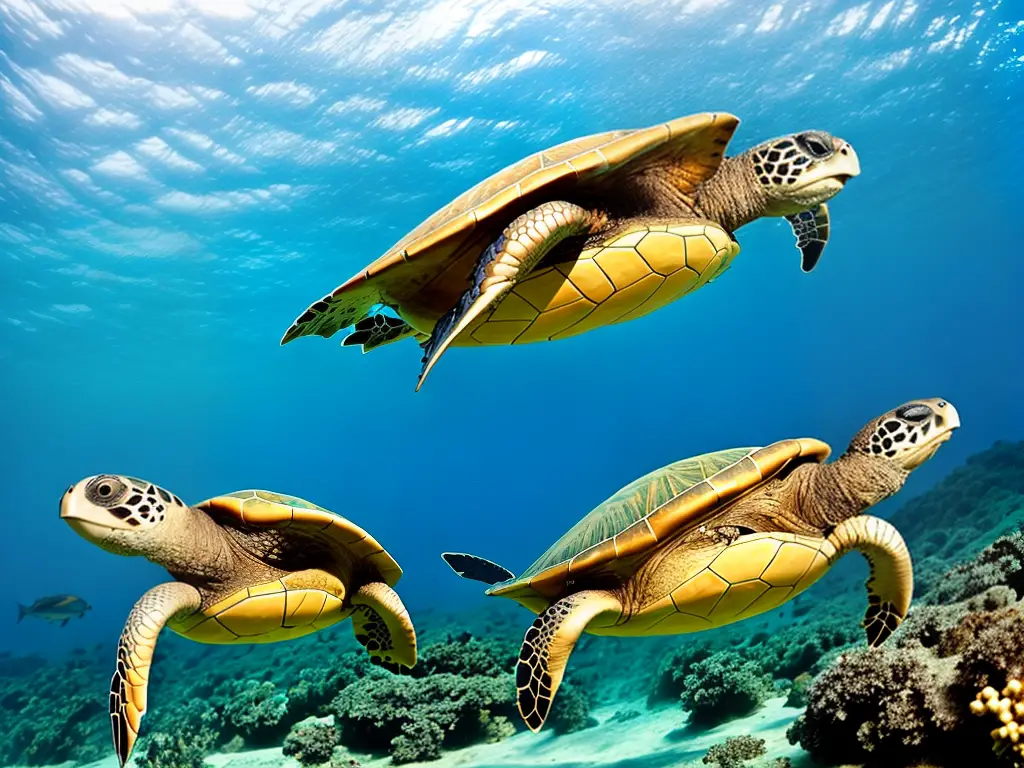
The Mechanics of Turtle Swimming
The swimming mechanism of turtles is not only reliant on their physiological structure but also their distinct behaviours. Primarily, a turtle’s swimming capacity is determined by the synergy between its limbs and shell. The limbs of a turtle, known as flippers, are designed for efficient propulsion, steering, and stabilisation. These limb movements, when coupled with the streamlined structure of their shell, support swift and agile swimming through the water.
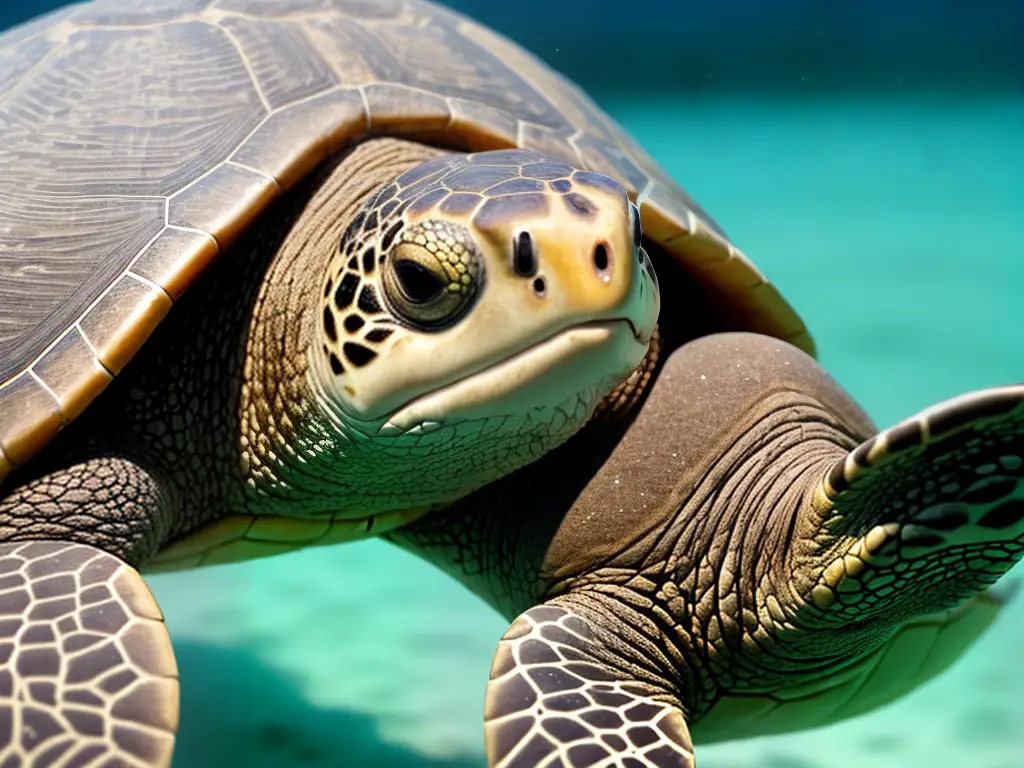
Turtle Migration and Swim Patterns
Turtles undertake remarkable migrations between their feeding and nesting grounds. Interestingly, different turtles exhibit varying swimming patterns and speeds during these journeys. For instance, the leatherback turtle – the largest of all sea turtles – is known to travel thousands of kilometers, using its powerful front flippers to glide through the water at an approximate average speed of 5.6 km/h. In contrast, the smaller green sea turtle takes a different approach, often swimming at a more leisurely pace of 2.5 km/h, using both front and back flippers for improved manoeuvrability.
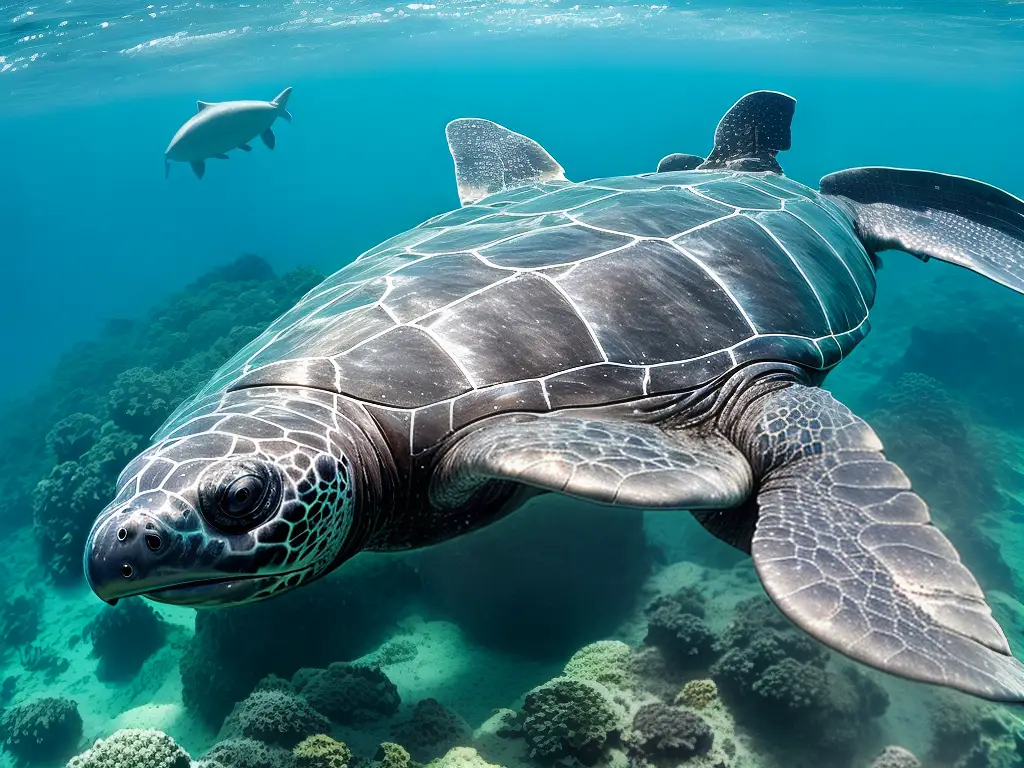
Feeding Techniques and Associated Swimming Patterns
Various species of turtles have unique feeding habits, dictating their swimming patterns during foraging. For example, the hawksbill turtle feeds primarily on sponges and corals, navigating through the reef’s complex structures using highly agile strokes to both chase prey and evade predators. On the other hand, loggerhead turtles are generalists, hunting molluscs and crustaceans using their strong jaws. These turtles tend to swim steadily through potential hunting grounds, conserving energy while searching for their next meal.
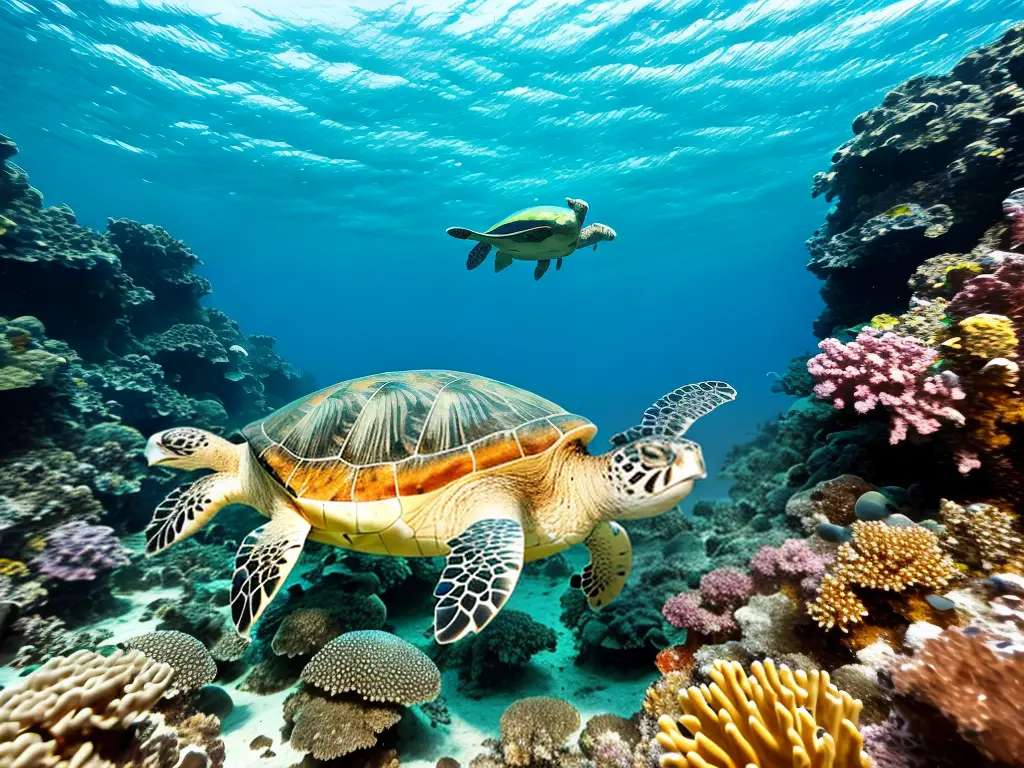
Vertical Dive Patterns: A Peculiar Turtle Behaviour
Deep-diving is a common swim pattern among turtles, with vertical dive patterns being observed for various purposes. Green sea turtles, for instance, have been seen diving over 100 meters to graze on seagrass beds on the ocean floor. Similarly, leatherback turtles use this behaviour to escape predators, explore deeper foraging grounds, and even as a means of thermoregulation. Overall, these deep dives showcase the turtles’ remarkable ability to adapt their swim patterns to their environment and daily needs.
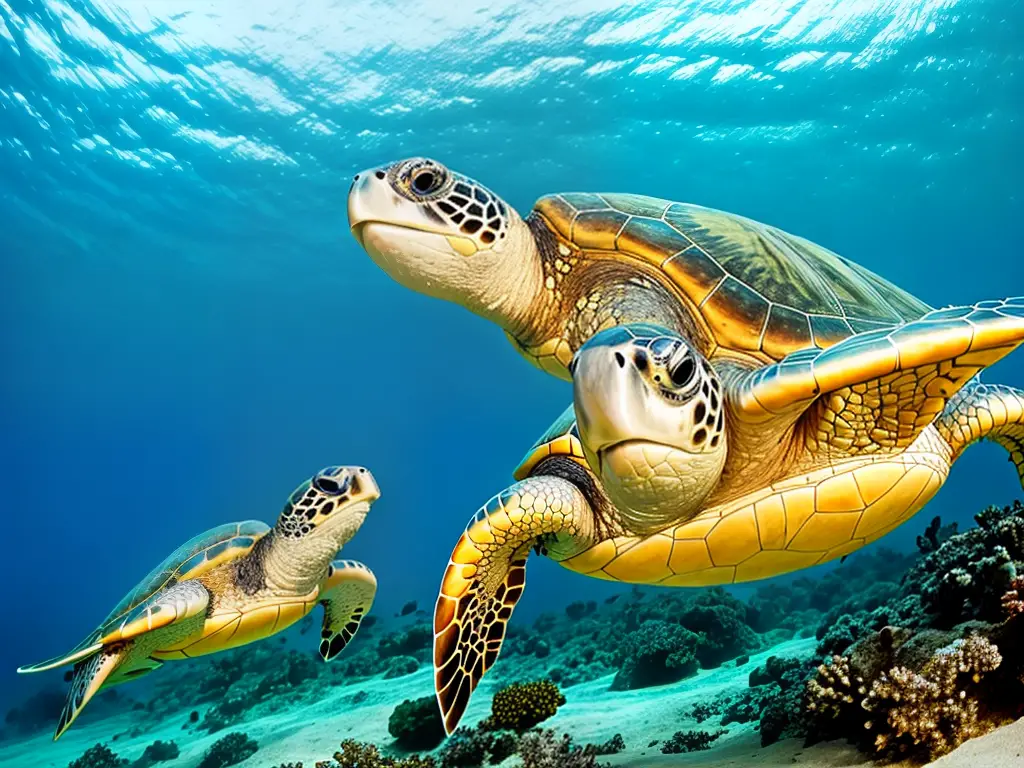
Conclusion
Turtle swim patterns are remarkable examples of adaptation to different environments and needs. From impressively long migrations to masterfully navigating through complex reef systems, these creatures continue to showcase their ability to thrive in the world’s oceans. Understanding these patterns can provide valuable insights, paving the way for informed conservation efforts to preserve these incredible species for future generations.
